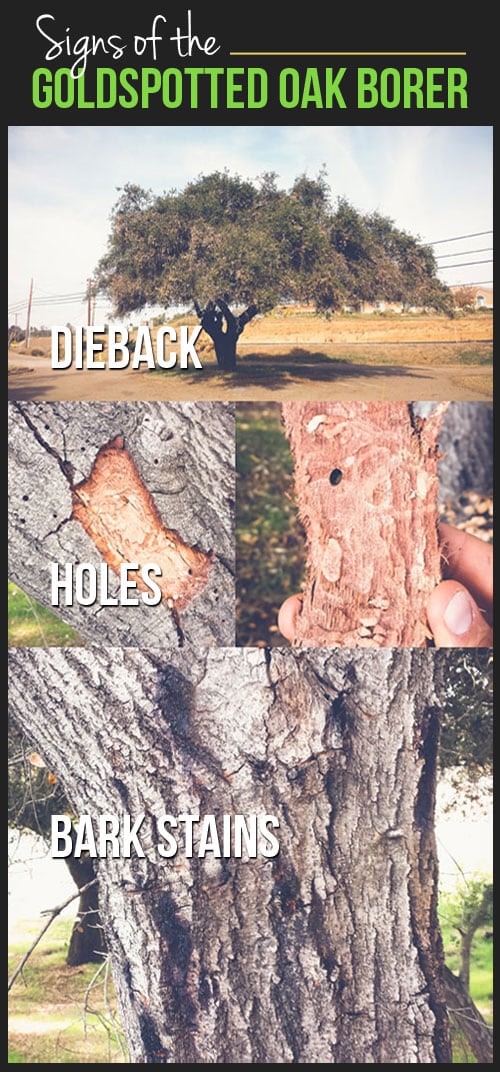The Future Of Trees: Just How To Recognize When Elimination Is Called For
The Future Of Trees: Just How To Recognize When Elimination Is Called For
Blog Article
Personnel Writer-Dale Stryhn
If you have actually ever before wondered about the destiny of the trees on your residential or commercial property, comprehending when it's time for removal is vital. But just how do you identify if a tree can be conserved or if elimination is the only choice? By searching for Landscape Tree Removal and reviewing safety dangers, you can make enlightened decisions that benefit both your landscape and your surroundings. Let's discover the essential factors that enter into play when determining the destiny of a tree and just how you can guarantee the most effective outcome for your eco-friendly companions.
Signs of Tree Decrease
If you discover any one of the complying with indications of tree decrease in your yard, it may be time to think about tree removal.
One common indicator is dead or rotting branches, which can show underlying issues affecting the tree's health. Watch out for stained or shrivelled fallen leaves that linger despite having proper treatment, as this could be an indication of condition or insects.
Another warning signal is excessive leaning or a visible change in the tree's base, which might recommend root concerns or structural instability. Watch out for fungal growth on the trunk or origins, as this can show rot and jeopardize the tree's stability.
Furthermore, if you observe big splits in the trunk or significant arm or legs, it's important to deal with these concerns promptly to prevent potential hazards. Addressing these indicators of tree decrease quickly can aid preserve the safety and security and aesthetic appeals of your yard atmosphere.
Safety Problems
To guarantee the wellness of your home and those around you, prioritizing security problems connected to trees is critical. Trees can pose various safety threats if not properly preserved. Dead or decaying branches might drop suddenly, threatening people or damaging structures.
Leaning trees can likewise be dangerous, especially if they're leaning towards a building or power lines. In addition, trees with considerable root systems near structures or below ground utilities can create significant damage gradually.
It's critical to routinely evaluate your trees for any type of signs of prospective threat. Keep an eye out for cracks in the trunk, huge dental caries, or signs of disease and decay. If you notice any one of these problems, it's finest to talk to an expert arborist to evaluate the scenario and determine the needed strategy.
Taking aggressive steps to resolve safety concerns without delay can prevent accidents and residential property damage in the future. Remember, the safety and security of your property and those around you ought to constantly be the leading priority when it comes to tree upkeep.
Consulting an Arborist
When thinking about the health and safety of your trees, consulting an arborist is an essential action. Arborists are trained professionals who concentrate on the treatment and maintenance of trees. They can examine the overall health of your trees, identify any type of issues such as conditions or structural problems, and give expert referrals on the most effective course of action.
By consulting an arborist, you can receive important understandings right into the condition of your trees and figure out whether elimination is necessary. Arborists have the expertise and experience to assess the risks connected with keeping a tree versus removing it. They can additionally use assistance on alternate remedies, such as trimming, cabling, or supporting, to help maintain the tree whenever possible.
Moreover, arborists can help you browse any type of regional guidelines or allows that might be required for tree removal. Their knowledge can guarantee that the procedure is carried out securely and in conformity with any type of appropriate legislations.
Conclusion
In conclusion, when establishing whether trees can be saved or if elimination is necessary, it is necessary to take into consideration signs of decline and safety and security worries. Consulting an arborist for an extensive assessment is vital in making the most effective decision for the tree's health and possible hazards. Bear in mind, proactive care and timely activity can aid preserve trees and protect against accidents.
